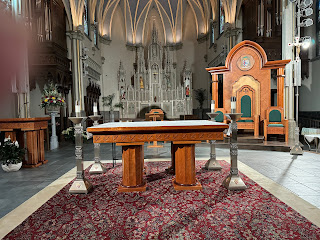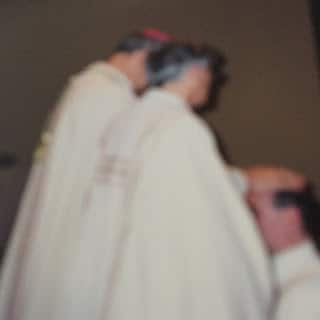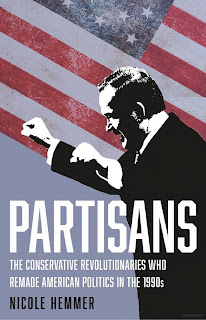All of us here have lived through and remember the covid pandemic of 2020, especially those early weeks when, almost overnight everything closed down – schools, stores, even churches. And we were washing our hands all the time and keeping our distance from one another. Some of these emergency measures made sense, some didn’t. I was a pastor in Knoxville, TN, at the time, and I remember leaving the mail out in the sun on the porch for several hours for the sunlight to kill the virus, at a time when even touching the mail was thought by some to be dangerous.
Recalling all that should help us appreciate the anxiety ancient people felt when faced with the mysterious disease that they called leprosy. Hence, the Old Testament’s extensive instructions on how to deal with it, some of which we just heard in today’s 1st reading [Leviticus 13:1-2, 44-46]. Generally speaking, those suffering from the disease were segregated by law and required to live outside inhabited communities. And, since the disease was widely believed to be very contagious, they were supposed to warn away anyone who approached them. Until 1969, the United Sates had a similar system of legally enforced segregation of lepers in Hawaii – made famous for generations of Catholic school children by the heroic stories of Saint Damien of Molokai, whose statue stands in the U.S. Capitol Building’s Statuary Hall, and his associate Sant Marianne Cope.
In ancient Israel, however, what was called leprosy was sometimes not Damien’s fatal disease but a relatively superficial skin condition, which was actually curable. Thus, the Jewish law made provision for examination by a priest and an offering on the occasion of someone’s being healed. Until one had been properly examined and certified as healed, however, a “leper” remained ritually impure.
In such a world, where it was believed that only God could heal leprosy and where sickness was seen as a serious threat, the leper was shunned. Cut off from ordinary life and regular relationships with others, the leper’s lot must have been a miserable one indeed. Then suddenly, into this sad world of sickness and exclusion, appeared Jesus.
Apparently, the news about Jesus and his healing powers had made the rounds and reached even the marginalized leper. So, suddenly we see a leper actually approaching Jesus directly, doing precisely what the Law prohibited him from doing. A leper came to Jesus and kneeling down begged him and said, “If you wish, you can make me clean.” [Mark 1:40-45]
“If you wish!” What exactly did that “if” mean? Did the leper doubt Jesus? And, if so, what exactly was he doubting about Jesus? Apparently, he didn’t doubt that Jesus had the power to heal him – actually quite amazing, given the general belief that only God could cure leprosy! If the leper had little or no doubt about Jesus’ power, Jesus’ ability, to heal him, however, he still seems evidently to have wondered whether Jesus would want to heal him, whether he cared enough to heal him. (Fear of germs, after all, is only one of many motives for erecting barriers between ourselves and others).
Jesus understood and answered: “I do will it. Be made clean.” But, before he said that, Jesus did something even more meaningful to the leper, something so radical it in fact violated the Law and implicated Jesus in the leper’s ritually impure status. Moved with pity, Jesus stretched out his hand, and touched him.
In his desperation, the leper had boldly broken the Law and approached Jesus directly. Jesus reciprocated with a dramatic, unexpected touch, that spoke more than all the words in the world. With that one touch, Jesus joined the leper in his impurity and uncleanness, dramatically ending his segregation from society. With that one powerful touch, Jesus summarized his entire mission to become one with us, and so to end our segregation from God and enable us to join together with one another in the fuller, more abundant kind of life that God wants us to live.
The same Jesus, who stretched out his hand, and touched the leper, continues his healing touch here and now in the life of his body, the Church. That healing is every bit as necessary now as it was then – not just because sickness and suffering still abound in our world, but because doubt also persists. How many of us at times really wonder whether anyone cares? How many of us at times doubt deep down whether even God cares? It is the mission and challenge of the Church – the mission and challenge therefore of each and every one of us – to express visibly, to embody physically, and so to become God’s healing presence and saving power present in our world, to continue Christ’s caring for us, by caring as he does.
As the Law required, Jesus sent the leper to the priest to verify his healing, and to make the ritual offering in thanksgiving that the Law prescribed. Presumably, the leper went and did what was required for him to re-enter society, but the leper’s principal offering in thanksgiving was to spread the report abroad and publicize the whole matter.
Whatever difficulties and doubts we may harbor, our healing will not be complete until we let Christ’s healing touch transform us, in and through our life and worship together as his Church, into agents of Christ’s caring touch to and for all the world.
Homily for the 6th Sunday in Ordinary Time, Cathedral of Saint Andrew (photo above), Grand Rapids, MI, February 10-11, 2024.





